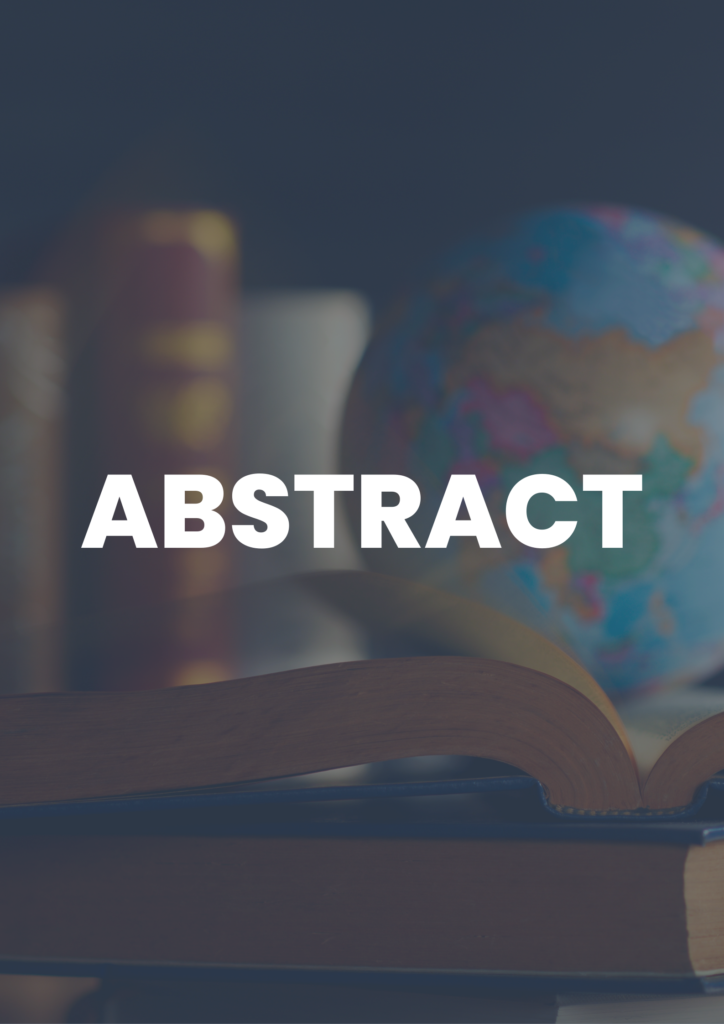Joint Transnational Call 2023 (JTC2023)
ARTEMIS: Ataxia CP-advancing diagnosis to enhance chances for targeted therapy

The general objective is to improve knowledge of non-progressive congenital (NPC) ataxia (also referred to as ataxic cerebral palsy), by investigating additional evidence to understand its origin, predict its natural history, and measure its impact. More specifically, we aim to: (i) enhance the application of clinical criteria by refining training instruments to allow a more reliable identification of patients; (ii) develop a detailed neuroimaging classification with better identification of patterns suggestive for acquired or genetic background, (iii) improve our understanding of the underlying pathophysiology and identify indicators for a genetic background, (iv) provide a comprehensive description of the functional profile, in particular cognition, (v) assess children’s quality of life and (vi) report on the contribution of the study of healthcare trajectories to a better understanding of NPC ataxia.
To achieve these objectives, the ARTEMIS programme will build on three unique data sources: (i) a new cohort of children with NPC ataxia born between 2016 and 2020 and aged 5 to 8 years at data collection, to allow a complete characterisation of ataxia symptomatology, impairment profile, brain lesions, advanced genomic testing for complete genome analysis of unresolved cases, and to produce combined data on clinical features, brain images and genomic testing providing scientific evidence for a better understanding of pathogenesis, and assess the quality of life of children from their own perspective as often as possible; (ii) the largest European population-based collection on NPC ataxia (children born 1980-2015) to refine clinical criteria and definitions, syndromes and neuroimaging classifications, using syndromic disorders already collected, and systematically reanalysing MRI brain images (in particular maldevelopments beyond the cortical ones and patterns hitherto classified in a miscellaneous group), and genetic analysis results (implementing a cutting-edge pipeline for clinical interpretation of variants) available in routine care; (iii) real-world data, standardized using common data models to identify patients with NPC ataxia in electronic health records and other health data sources and investigating healthcare trajectories.
Four distinct ARTEMIS outputs will be available for implementation in practice and in research on NPC ataxia (ARTEMIS cohort, a Novel evidence knowledge base tool, an Evidence presentation tool and a Training tool) and convey a common understanding of this very rare disease.
- Arnaud (Coordinator)
[FRANCE] - Sellier
[FRANCE] - De la Cruz
[SPAIN] - Himmelmann
[SWEDEN] - Horber
[GERMANY] - Haack
[GERMANY]

